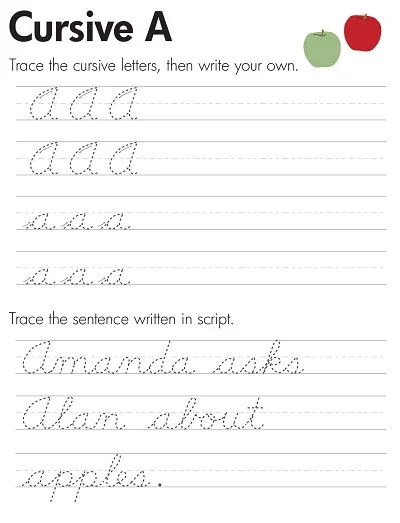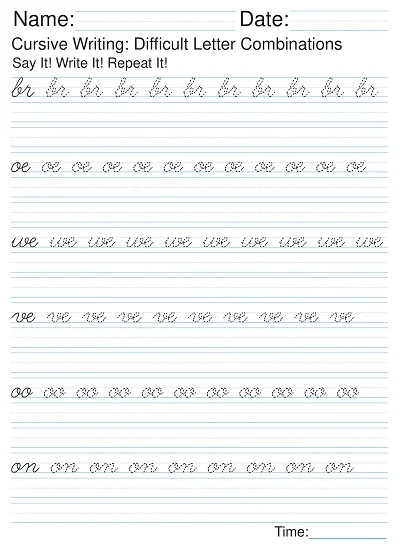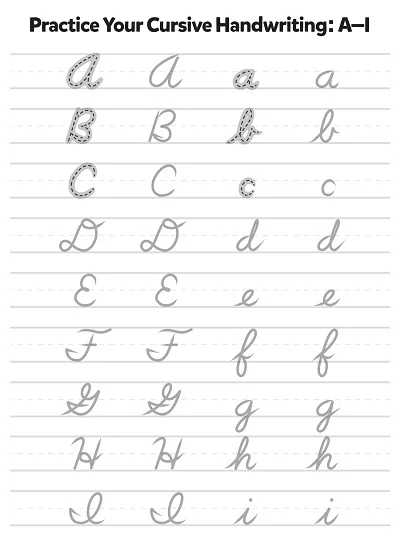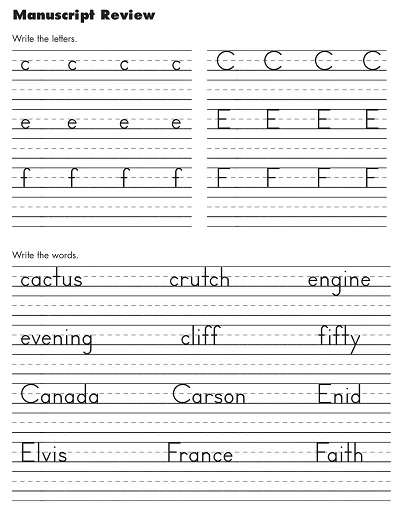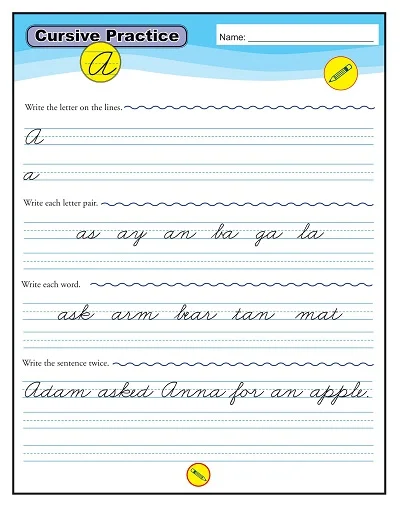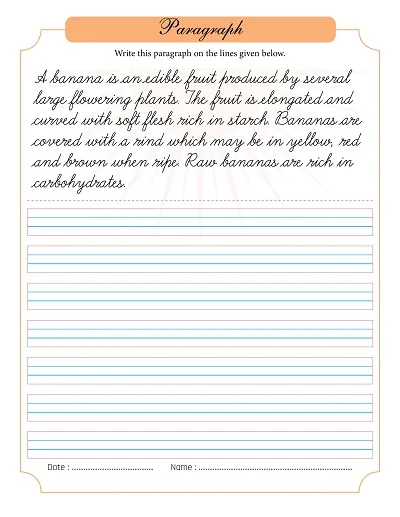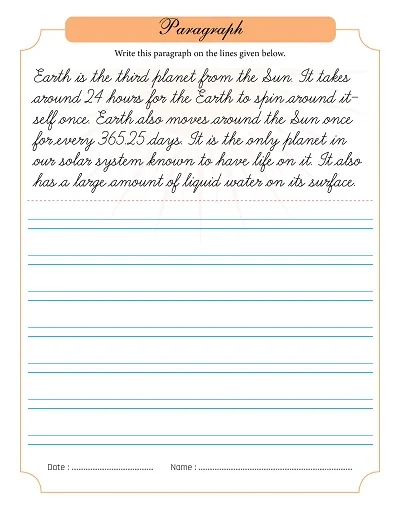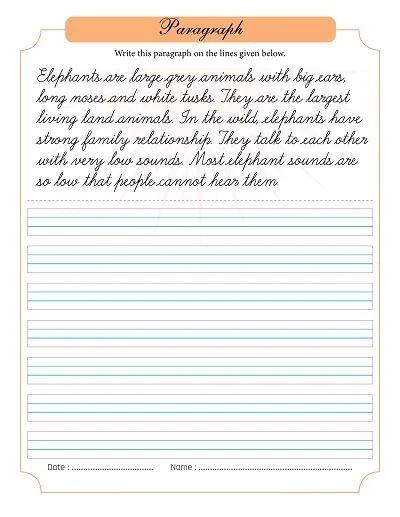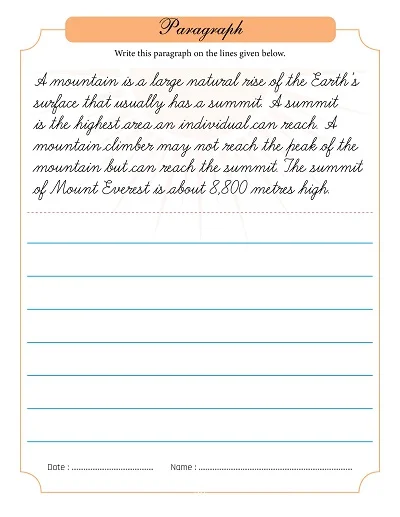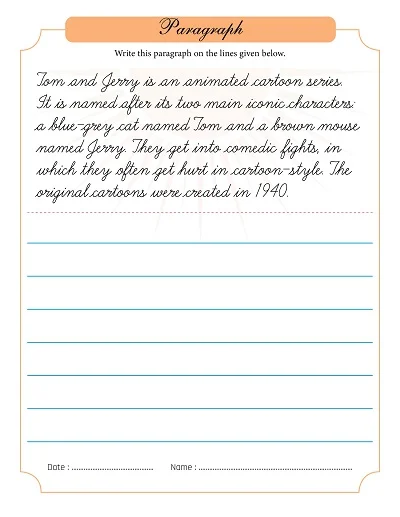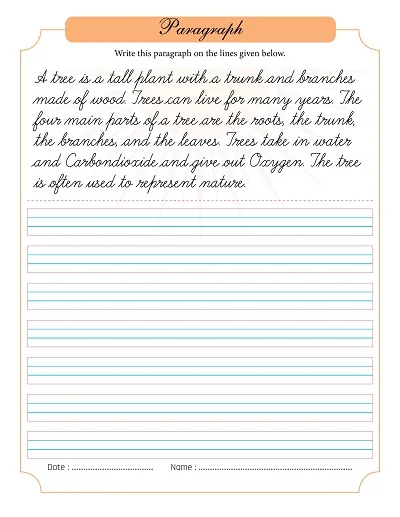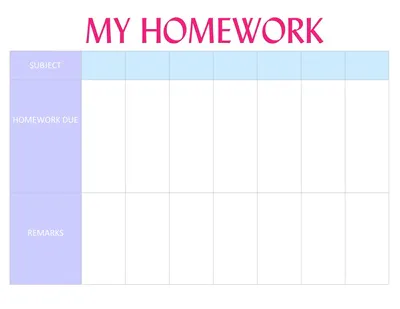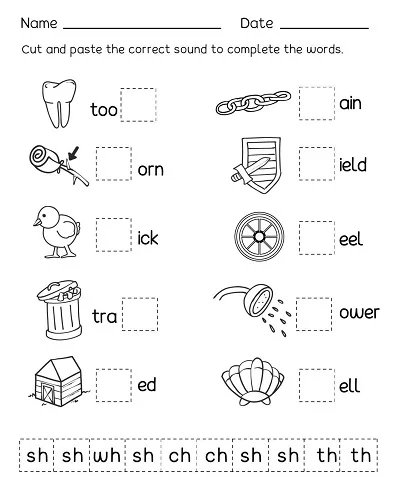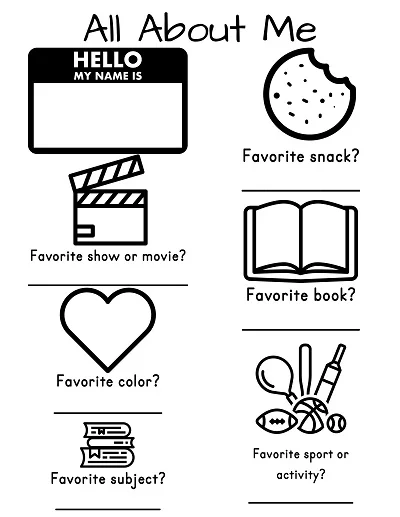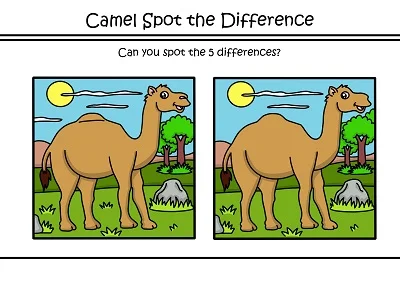A Cursive Letter Template refers to the outlines or patterns laid down as a guide when writing letters using cursive writing techniques. It also has common structured parts, including the title, the greeting, the main message, and the closing, and the sections are written in cursive to mimic an example of cursive writing with a pen.
One, it can be used by learners who are in the process of learning cursive writing as it provides the outline that they need to emulate, secondly, it can be used as a guide by any formal writer since it provides the layout of what qualifies as formal writing by use of cursive writing.
More extra fields can be added to the template for instance the date of the letter, the address of the recipient, and the signatory portion written in cursive or fancy writing. This guides writing a formal letter for schools/universities using cursive handwriting.
Download Free Printable Cursive Letter Templates
What is a Cursive Letter?
Cursive writing referred to as script writing or joinery, is writing in which the letters are composed in a running script instead of block letters. This connection proves useful in cutting down the amount of time spent lifting the pen or pencil above the writing surface by allowing for quick transitioning between letters and words.
Cursive writing has been used in the writing process in the past to achieve beauty in writing and also save time. Although the general use of cursive writing has greatly reduced in the modern world, it is pertinent to master it with the advancement in typewriting and handwriting in this digital era because handwriting forms an indispensable tool in Fine Motor development as well as expressing one’s personality.
Benefits of Learning Cursive Letters
Here are some of the benefits of Learning Cursive Letters:
- Improved neural connections: As we know, writing in cursive engages the brain and helps balance both parts of the brain.
- Enhanced writing speed: Cursive handwriting is generally faster than printing, characterized by joined-up writing, minimizing the time it takes to pick the pen between letters.
- Better retention and understanding: It is also easier, faster, and more effective to write in cursive, which has some effects on the memory of the matter being written.
- Development of fine motor skills: Some effects of writing cursive include slower and more complex motions that help enhance motor skills and hand-eye coordination.
- Legible signature creation: It is important to know cursive writing to perfect a unique and legally acceptable manner of signing one’s name.
Tips for Improving Cursive Lettering
To improve your cursive lettering, consider the following tips:
- Start Simple: Start with small letters and condense your focus on mastering each letter strongly.
- Maintain a Rhythm: Writing with this technique should be fluid and like a continuous line. Ensure you write with optimum pressure to avoid making shadows by varying the pressure as you write the letters.
- Use Proper Writing Instruments: A good pen selection is preferable, such as a fine-point fountain pen or a good rollerball that provides a steady and smooth ink flow, enabling more elegant writing.
- Slant Your Paper: Tilt your paper to the direction your writing runs, at a slight inclination of about 30 to 45 degrees to enhance movements in critical written letters.
- Practice Regularly: As with anything in life, the more you practice, the better you get at it – so their cursive lettering will improve too. To continue practicing cursive writing, write something new daily, using cursive writing exercises and practices such as copywork.
- Focus on Connections: There is rather great harmony with curves, and the joined letters are linked with lines and styles. In the lettering process, be extra careful how all the letters connect to remain consistent.
- Watch Your Spacing: Make consistent and equal spacing between the letters and words to add good quality and beauty to your cursive handwriting.
Types of Cursive Letter Templates
Cursive letter templates are available in many categories to address different functions and utilities from educational to artistic. Among the most common types are:
Traditional Cursive Template
This is a classical template that you will find very similar to most handwriting styles containing looping strokes. It is concerned with how letters join along with the letter forms and often gives guidance on how these determine letter size and angle. Innovative and effective for first graders, this program covers the basics necessary to develop this distinct type of handwriting effectively.
Modern Cursive Template
Used more specifically than the classic design, the modern cursive is typically free from the scrolls and curls of the penetrate. It is intended for writing speed and is intended for individuals who wish to create textual content rapidly but still need the content to be easy to read.
D’Nealian Cursive Template
The D’Nealian cursive looks like print writing with some supported letters that are more cursive. This cursive font has letters that are a little slanted compared to the standard printer fonts and has fewer loops to help improve the flow from print to cursive notebooks for learners.
Calligraphic Cursive Template
As for graphically creative handwriting, many models of cursive first-level templates can be accessed online in classical and modern writing. These templates concern style, or the way in which text looks, with the template providing common formatting and beauty.
Hand Lettering Cursive Template
As stated, hand lettering templates are not purely cursive, yet they combine a few cursive features in a more ornamental manner. These stencils are great for artistic endeavors, especially when making invitations and greeting cards and even when designing wall art.
How to use Cursive Letter Templates
To effectively use cursive letter templates, follow these simple steps:
- Please select the Appropriate Template: Select from the most appropriate design that you need to use for practicing handwriting, creating stylish messages, or using them in class for teacher’s hand-written writing assignments.
- Gather Materials: Choose your writing implement; this might be a pencil, pen, or brush, and get the right kind of paper in the writing instrument that you want to use.
- Secure the Template: Before making any incisions on your working area, ensure that you have fixed the template firmly on the working surface so that it cannot shift or move. Security: To prevent the loss of this record, secure it using tape or a paperclip somewhere on the workplace desk or clipboard.
- Trace the Letters: Start by lightly drawing over the lettering with a picked graphic implement ensuring you achieve constant stroke thicknesses and lettering shapes.
- Practice Consistently: When writing in cursive, repeating the movements consistently for an extended period is crucial. The best way to improve further is to trace over the templates daily until a person feels comfortable enough to write in cursive without the flashcards and guidelines.
- Assess Your Progress: Now and again, refer to this template and evaluate the progress in cursive writing; highlight the letters and the connections that require practice.
- Move to Freehand Writing: Once the child is straightforward on tracing, allow them to start writing alongside a piece of lined paper with the template to refer to until the child can maintain the cursive style.
- Incorporate Into Everyday Use: Use cursive again for everyday writing activities like writing in a diary or even on a to-do list so that it will become a habit again and would help in mastering this skill again.

